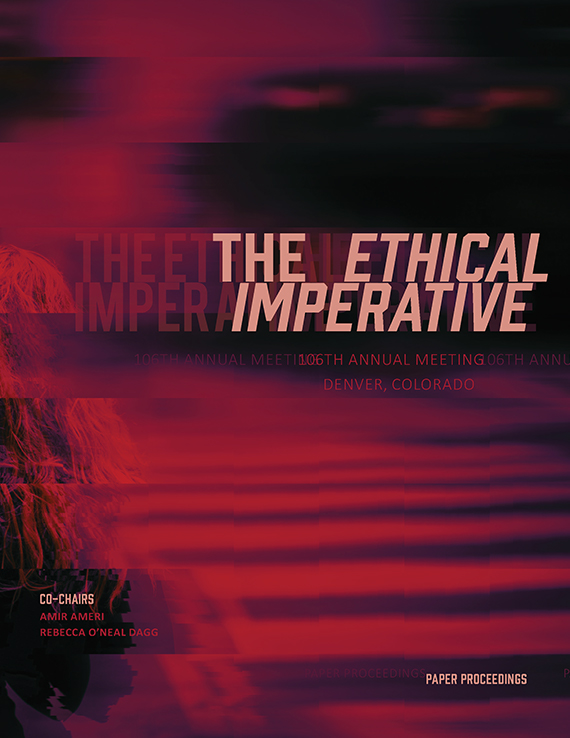Author(s): Hans R. Morgenthaler
Contemporary architecture has distinct symbolic properties, which consist uniquely of forms. These do not represent space directly, but via a synthesizing understanding. Alois Riegl established empathy as the mental capacity capable to construct a spatial view from such designs. This method sees style as a social, not a material, construct. Art historians have continued to elaborate Riegl’s method, Kunstwollen, by screening this term through the lenses of many humanistic, as well as, social and natural scientific methodologies. Art historians have mainly attempted to shed light on this concept by applying it to the new art forms and media created after the 1960s. Major contributions include that viewing and understanding art is part of epistemology. Beauty, i.e., is no longer based on the human form. Art inserts itself into the living world and begins to cleanse humanity, which was the utopian goal of Modernity. This paper attempts to propose how this more complex methodology can be used to explain contemporary architecture. The major contribution of late-20th-century architecture is its connection of language communications to architectural space in a biological manner. The designs of Zaha Hadid will be analyzed using this updated method. Most interpretations of her buildings focus on the spatial quality of her interiors and try to find contextual clues to explain the exterior shapes. This paper will propose a more scientific reading achieved by emphasizing the bodily and psychological contributions to an empathetic understanding.
https://doi.org/10.35483/ACSA.AM.106.53
Volume Editors
Amir Ameri & Rebecca O'Neal Dagg
ISBN
978-1-944214-15-9

 Study Architecture
Study Architecture  ProPEL
ProPEL 
